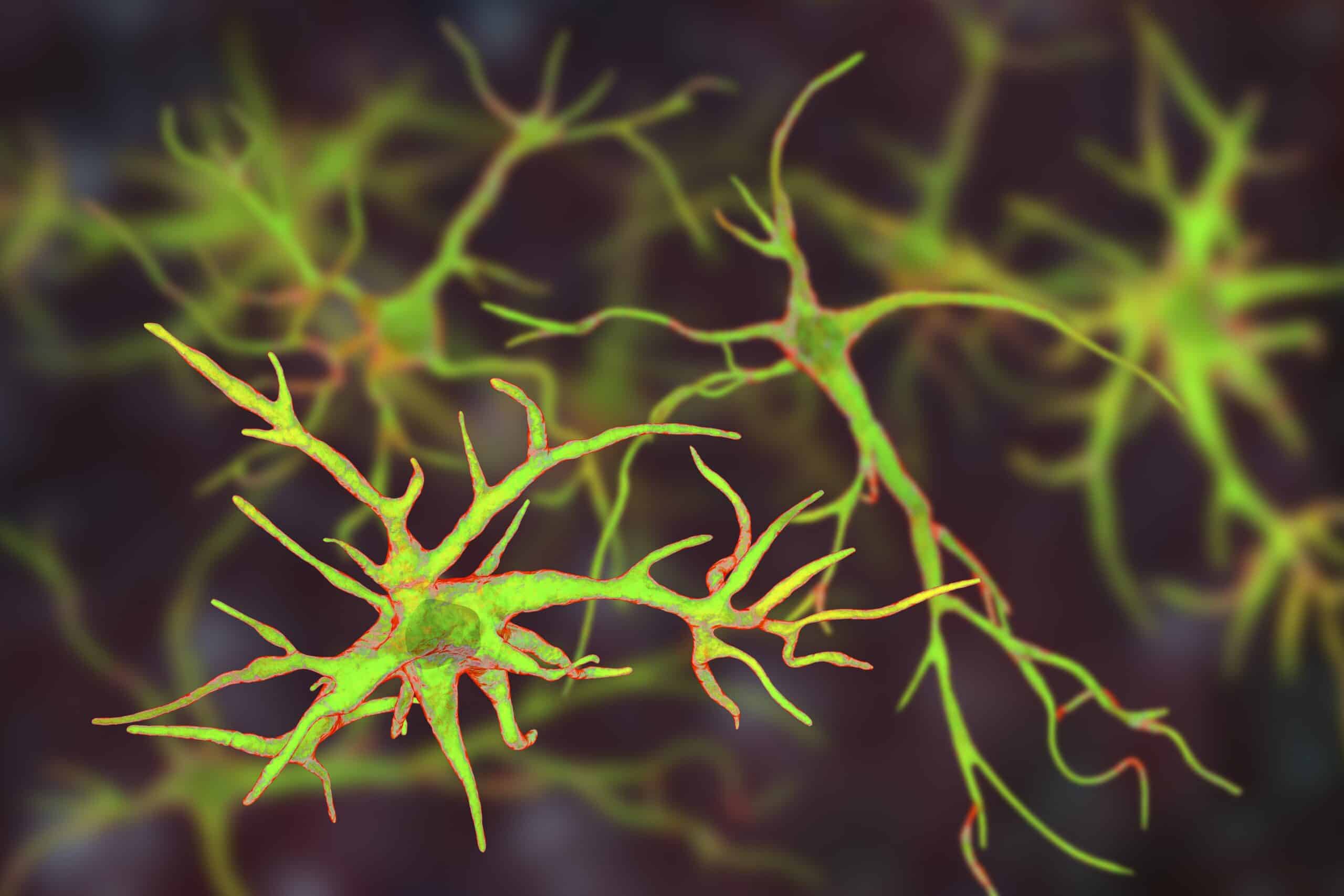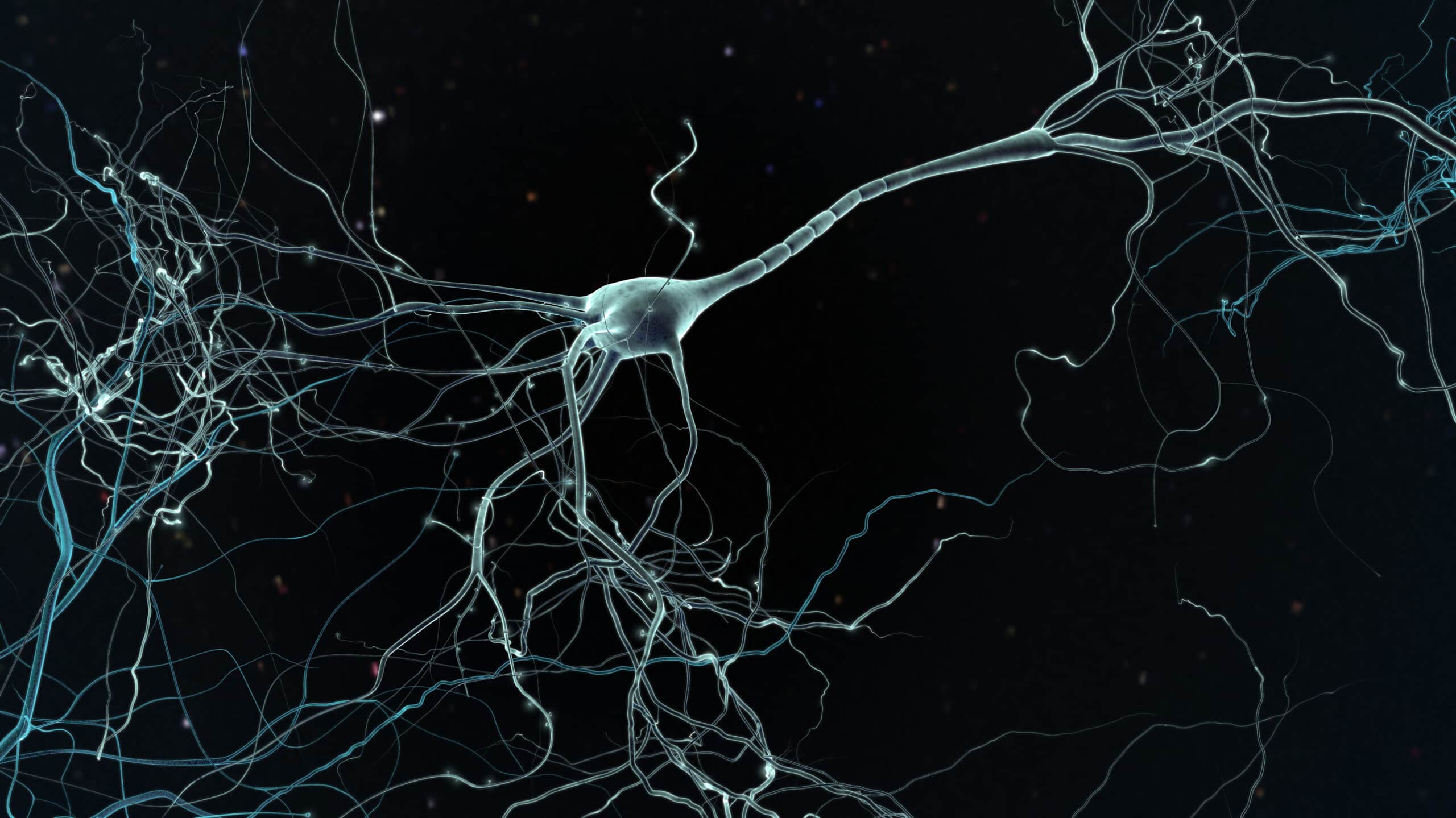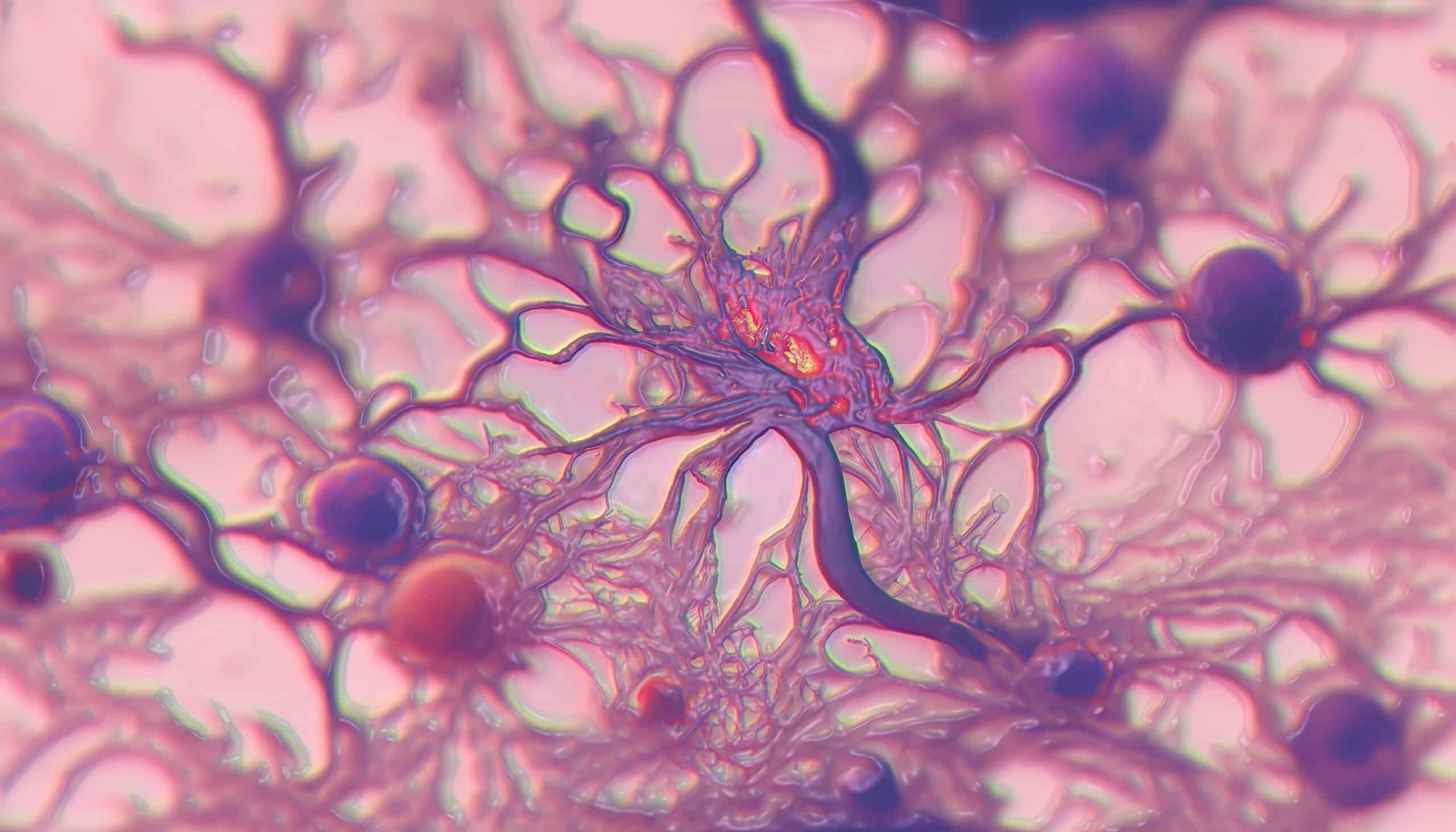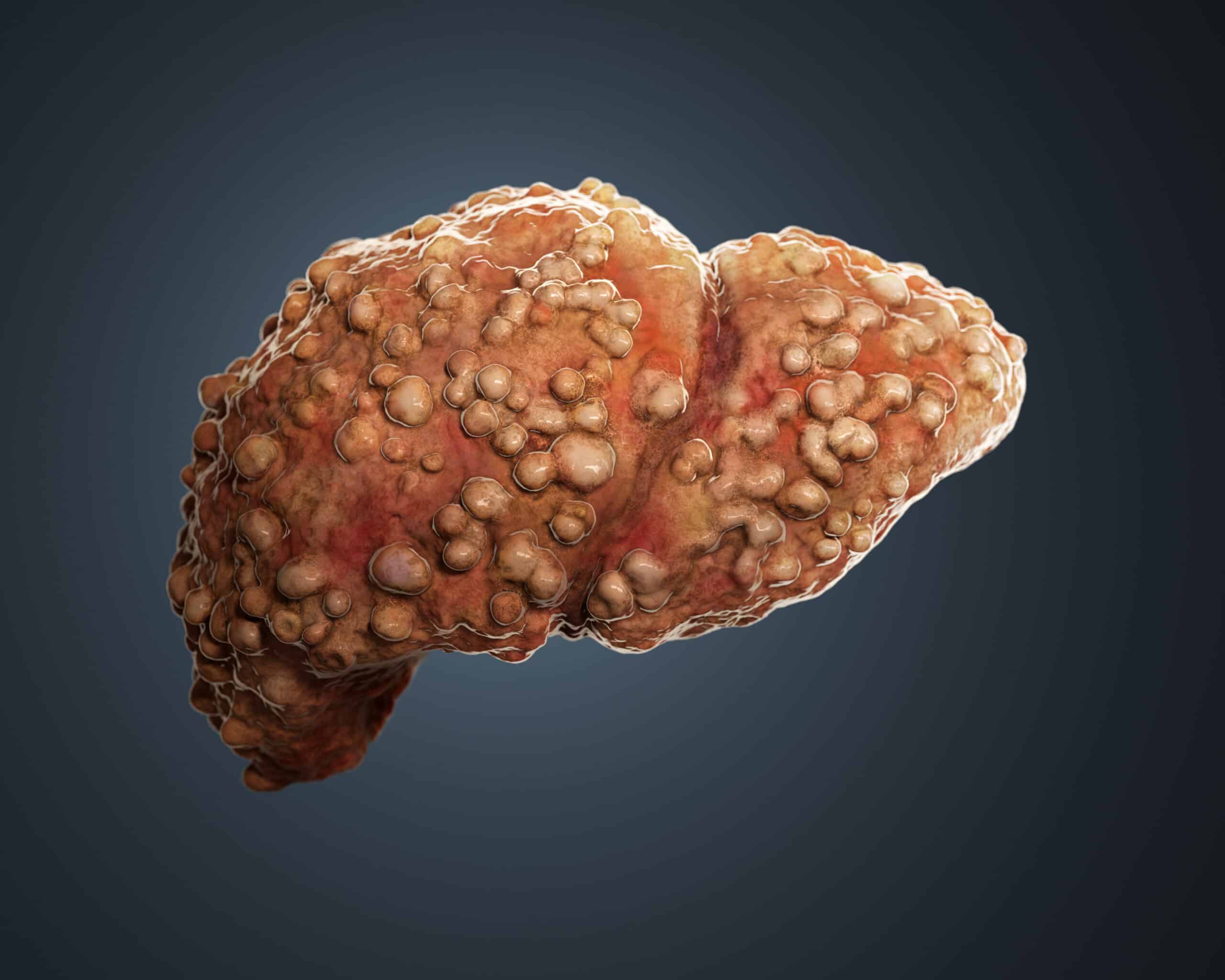Transgenic Mouse Models Show Jumping Genes
QPS Neuro
A team of scientists at The University of Texas Health Science Center at San Antonio have discovered a trigger for brain inflammation that is associated with diseases like Alzheimer’s and progressive supranuclear palsy. Tau deposits, the team observed, can cause so-called “jumping genes” to form double-stranded RNA, which in turn triggers an inflammatory reaction, similar …
Mature Lab-Grown Neurons Hold Promise for Amyotrophic Lateral Sclerosis Research
QPS Neuro
For the first time, researchers have successfully demonstrated the ability to develop highly mature neurons from human induced pluripotent stem cells (iPSCs). The team behind the breakthrough is hopeful that their research will allow researchers to improve experiments and better understand neurodegenerative diseases like multiple sclerosis, Alzheimer’s, Parkinson’s, and amyotrophic lateral sclerosis (ALS).
Animal Models Provide Look at “Sixth Sense” Genetic Markers
QPS Neuro
It may not be the version portrayed in the infamous thriller of the same name, but human beings do, in fact, have a sixth sense: proprioception. Our brain relies on proprioception to give and receive the information it needs to help our bodies perform coordinated movements through space. And new research using animal models has …
Study Using Transgenic Mouse Models Reveals How the APOE4 Gene Affects AD
QPS Neuro
Scientists have long known that the APOE4 gene variant is a significant risk factor for Alzheimer’s disease. But until recently, little has been understood about why and how this gene causes brain damage. That may be changing, thanks to a new study conducted by neuroscientist Li-Huei Tsai and a team of colleagues at the Massachusetts …
This Molecule Could Be Behind Liver Fibrosis
QPS Neuro
In a recent study published in Nature Communications, researchers identified biliary NF-κB-inducing kinase (NIK) as a pivotal regulator of ductular reaction, as observed in mouse models. The study provides new insights into the mechanisms underlying liver fibrosis and could have implications for the development of new treatments for this condition.





